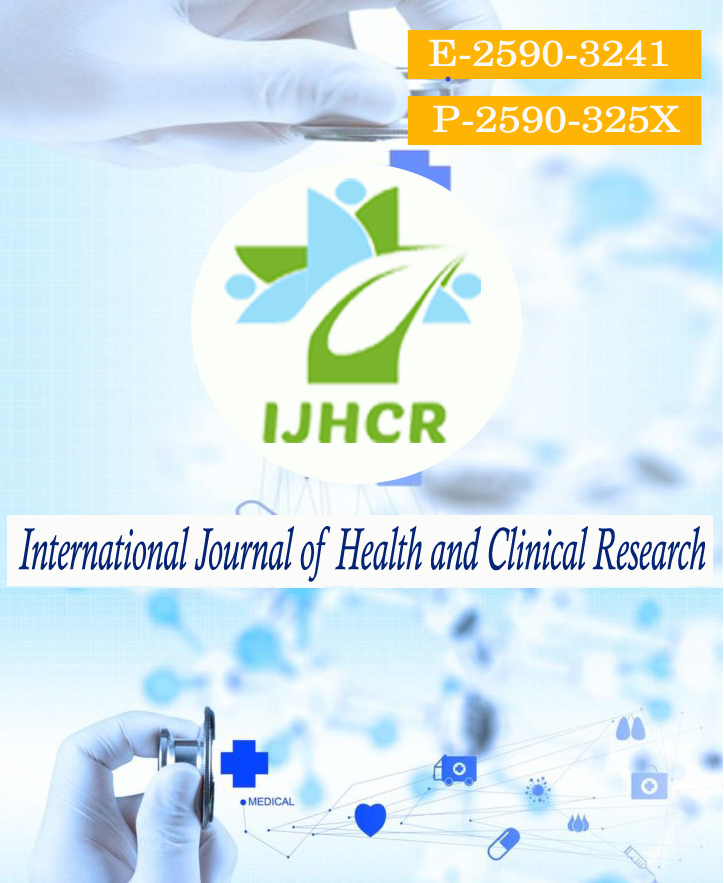Estimating the use of Dexmedetomidine in nerve repair surgeries requiring intraoperative peripheral nerve stimulation
Keywords:
Blood pressure, dexmedetomidine, isoflurone, neurophysiological MonitoringAbstract
Background & Aims: Dexmedetomidine has no interference with neurophysiologic monitoring, making it a useful adjunct in the nerve repair surgeries. The aim of study is to evaluate effectiveness of dexmedetomidine in providing adequate sedation for conducting nerve repair surgeries. Methods: This study was conducted among 20 patients who undergoing nerve repair surgery. A loading dose of dexmedetomidine 1mcg/kg was given over 10 minutes. Anaesthesia was induced with IV propofol (1.5-2 mg/kg) and maintained by IV infusion of dexmedetomidine at 0.2–0.7 μ/kg/hr. Heart rate, blood pressure, oxygen saturation, EtCO2, Ramsay sedation score(RSS), duration of surgery, VAS and modified aldrette score were monitored. The data was analyzed with Epi info version 7.1. Comparison of continuous data were analysed with T test. P value less than 0.05 was considered as significant. Results: All patients were sedated (RSS=6) and haemodynamic stable.Duration of surgery was short (57.2±2.4min). There were no major complications. Average 186.7 ± 7.22 mg propofol was used in 1 hour of surgery. Isoflurane dial concentration was 1.0 ± 0.14 %. Conclusions: Dexmedetomidine is safe and effective adjunct to inhalational agents for maintenance of anaesthesia without using non depolarising muscle relaxants during nerve repair surgeries.
Downloads
Published
How to Cite
Issue
Section
License
Copyright (c) 2022 Priyamvada Gupta, Amit Suthar, Sunita Sharma

This work is licensed under a Creative Commons Attribution 4.0 International License.






 All articles published in International Journal of Health and Clinical Research are licensed under a
All articles published in International Journal of Health and Clinical Research are licensed under a 